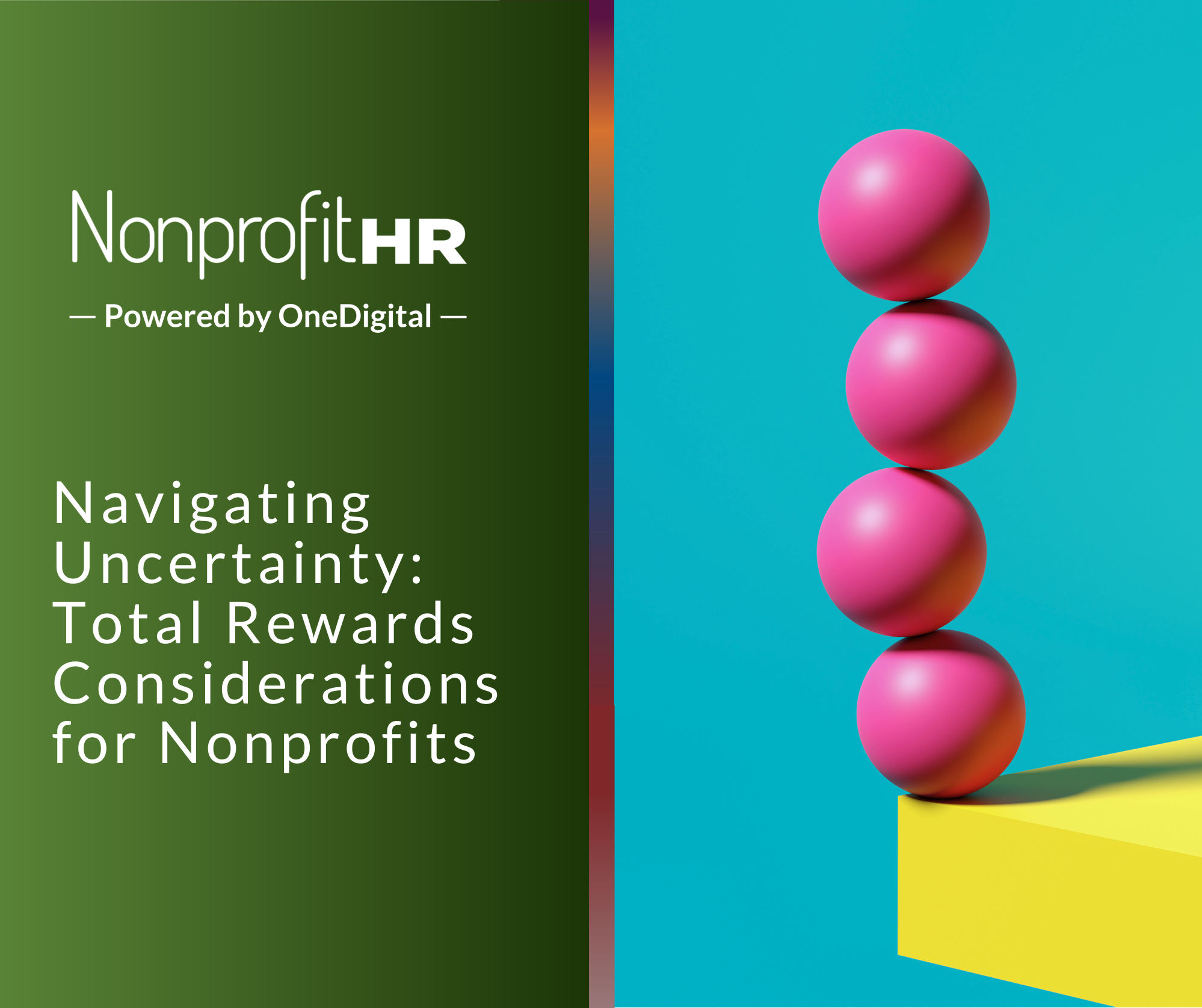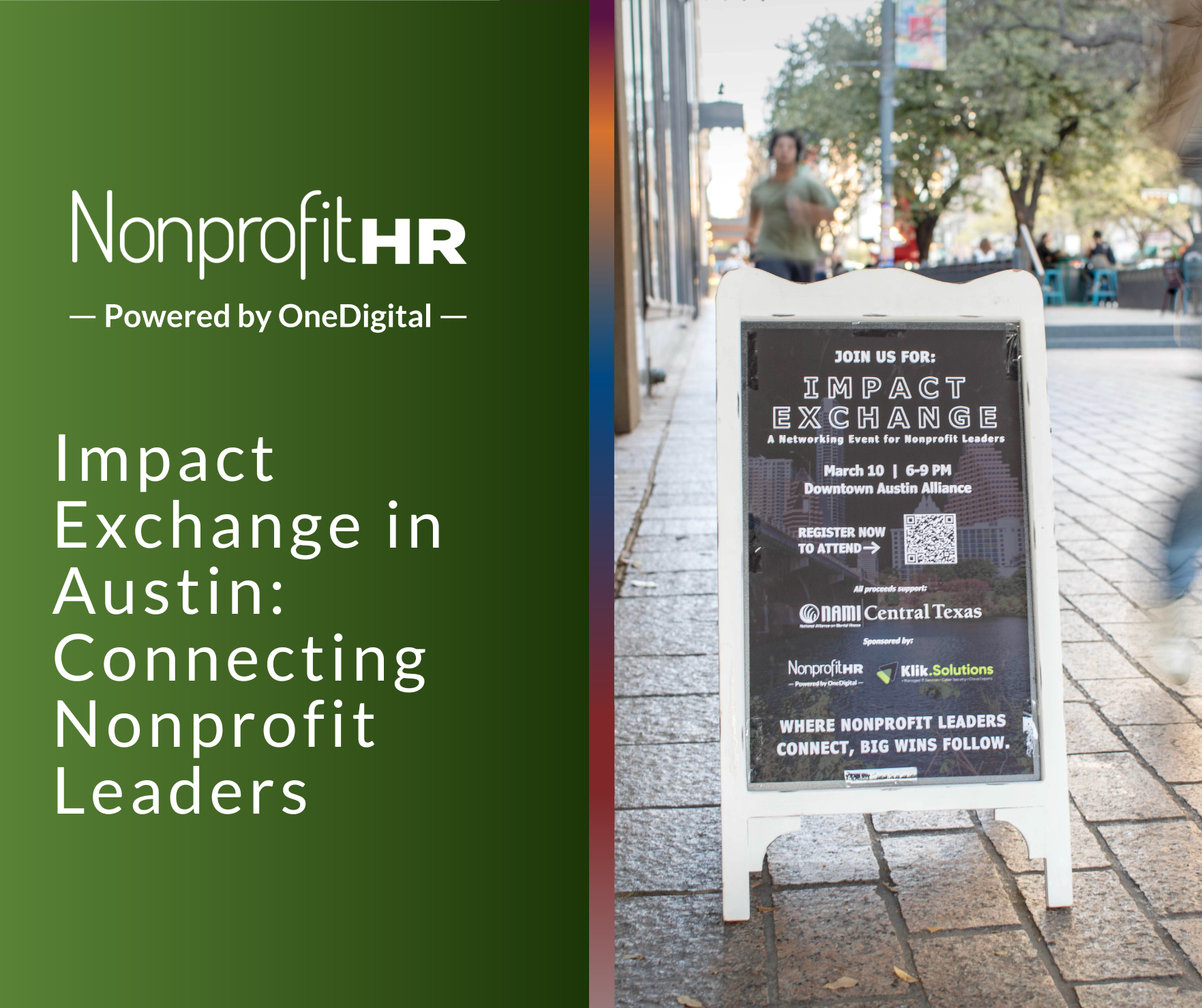WTOP: 5 ways nonprofits can…
A thriving workforce begins with employees who feel supported, valued and cared for as whole individuals. When employees lack the resources or support to prioritize their well-being, their ability to contribute in the workplace fully and effectively can diminish. By investing in holistic well-being initiatives that go beyond standard benefits, such as physical and mental wellness programs, mindfulness workshops, caregiving support or spaces for open dialogue about challenges, organizations signal that they prioritize their people — not just their performance.
Why Holistic Wellness Matters
Approaching employee wellness holistically means fostering a workplace culture that supports employee physical, mental, financial, career, community and social well-being. This will also advance a workplace with high levels of psychological safety. In fact, nearly 90% of workers who characterize their workplace as somewhat or very “toxic” shared feelings of lower psychological safety at work.
When employees feel psychologically safe at work, they are more likely to share ideas, communicate openly without fear of retribution and set healthy work-life boundaries, decreasing levels of burnout. While no workplace is perfect, it’s important to strive for an environment that fosters both physical well-being and psychological safety in order to boost authenticity, productivity, retention and innovation.
According to Nonprofit HR’s Total Rewards Practices Survey, more and more organizations are recognizing the impact of robust wellness initiatives. Offering lifestyle benefits that support both physical and mental well-being for staff was a top priority for social sector organizations this year. It is encouraging to see, and organizations who prioritize employee well-being may experience increased employee engagement and productivity and decreased levels of burnout. Supporting employees in this way doesn’t just improve their well-being and performance, it strengthens an organization’s foundation of trust, engagement and excellence that drives mission success.
For mission-driven organizations whose resources may be limited, know that creating a culture focused on employee wellness doesn’t need to be expensive. While benefits can be a significant cost to an organization, broadening the definition of employee wellness to account for these holistic elements reveals that many impactful actions are cost-free. Consider the below suggestions.
Enhance One-On-One Communication
The first tip is to enhance communication between people managers and their direct reports. Regular one-on-one meetings offer managers an opportunity to gauge the employee’s overall state. People managers should demonstrate empathy and genuine curiosity about an employee’s life.
Starting a meeting or virtual chat with a simple “How are you doing today?” is a good first step. Although it sounds simple, it’s easy to fall into the habit of viewing time with others as spaces to just get the work done, especially in a virtual environment. By asking this question, you invite the employee to share something about their personal state that they might not otherwise disclose. This insight can help the people manager increase understanding of the employee and how best to assist.
For example, if an employee is feeling stressed and overwhelmed due to a backlog of tasks, a conversation about those tasks can create opportunities for the manager to delegate responsibilities, offer support or accommodations, help reprioritize, provide needed resources or reframe the tasks to make them seem more manageable.
Apply Genuine Curiosity
It’s also important for people managers to apply genuine curiosity when addressing issues related to performance or engagement. Consider an employee who has trouble arriving on time. Rather than immediately putting the employee on notice the first time they are late, a manager should seek to understand the reason behind the tardiness.
For example, if an employee is struggling with a new medication that makes them groggy, the manager might suggest adjusting their shift to start later in the day. This accommodation can help the employee meet their work schedule while adjusting to the medication. Such proactive curiosity benefits both the employee, who feels supported, and the manager, who gains a more reliable team member. Curiosity, as illustrated in this example, yields both tangible and intangible rewards.
Support Necessary Accommodations
When it comes to accommodations, these actions do not excuse employees from their job responsibilities, but the truth is the opposite — accommodations help employees get the support they need to fulfill their responsibilities. While some accommodations, like ergonomic equipment, involve short-term expenses, many are of no cost at all. They are also far less costly than the potential legal fees and recruitment costs associated with hiring a new employee. Moreover, failing to provide necessary accommodations can negatively impact morale. Employees who feel unsupported may not feel valued or respected, leading to significant retention issues as they seek employment elsewhere.
Final Thoughts
An intentional focus on employee wellness should be viewed and positioned as more than a perk; it is a fundamental necessity to a thriving workplace. To build a supportive culture, we must look beyond superficial benefits and engage with our employees on a human level. Simple acts like open communication, genuine curiosity and thoughtful accommodations can transform individual experiences and the overall organizational climate. Investing in these areas is not an expense but a strategic approach to enhance performance, morale and retention. By fostering a culture of empathy and understanding, we ensure that our employees are not just surviving but thriving, leading to a more resilient and successful organization.
Contributing Author
Gabriela Reilly, MA, SPHR, PHRca
Consultant, Outsourcing
Nonprofit HR
View Gabriela’s bio.






























